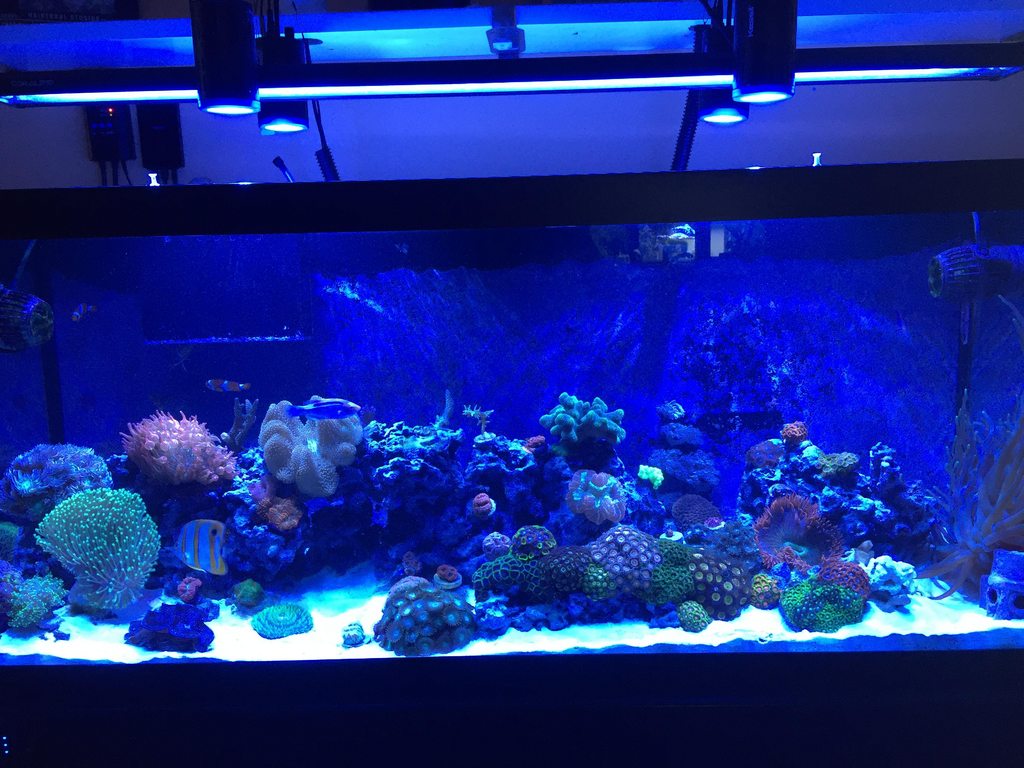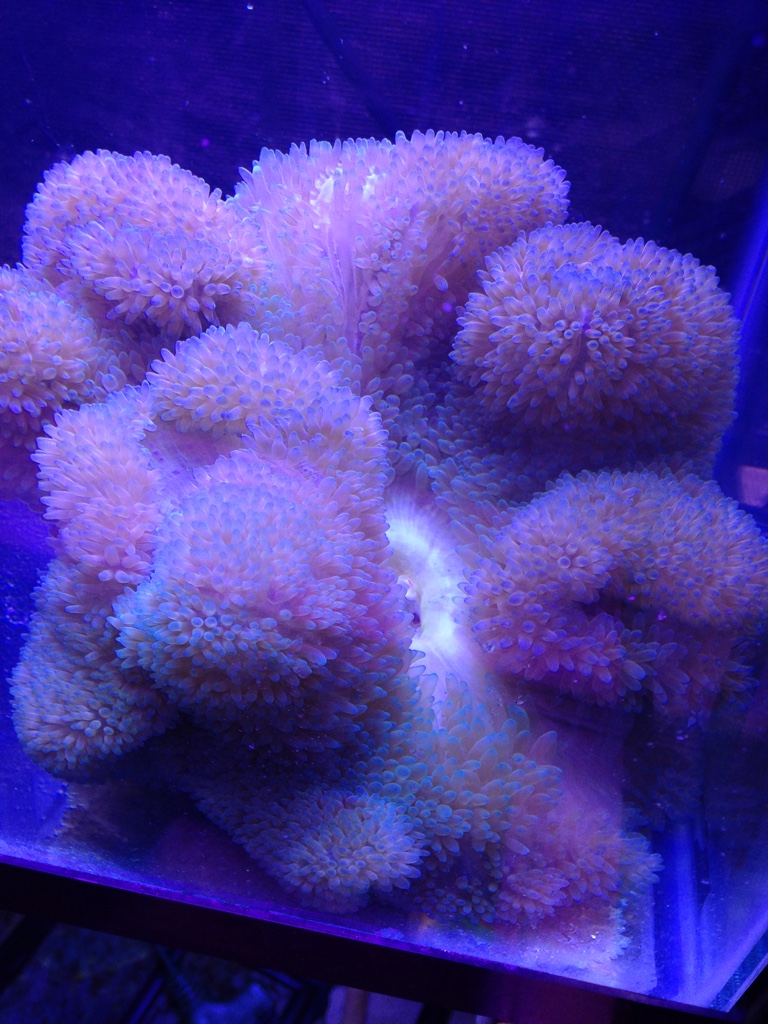I hate you burst your bubble, but if this spreadsheet is based on anecdotal evidence then it doesn't hold much weight, nor does it serve a good purpose. Frankly, it spreads more misinformation than anything else. There are quite a few different criteria, aside from simply the species, that determine whether or not anemones can live with one another in the same tank.
An many of the posts in this thread have already pointed out, there are always going to be exceptions to what's stated in the spreadsheet (I have quite a few that I can mention as well), and that in itself limits its usefulness. For example:
An many of the posts in this thread have already pointed out, there are always going to be exceptions to what's stated in the spreadsheet (I have quite a few that I can mention as well), and that in itself limits its usefulness. For example:
- A quick glance at the chart makes the assumption that anemones of the same species can live together. If this is not the assumption, then the check mark where the same species currently intersect should be removed. Species that reproduce via cloning (BTA and to a lesser extent, magnifica) oftentimes live together in large colonies. However, it is also believed that that are solitary forms of these same species that live alone (and tend to get larger than their colonial counterparts) and don't like being next to one another. However, they can still be in the same tank.
- The size of the tank and type of filtration used can oftentimes mitigate the effects of allelopathy, if it even exists. You will find that in larger tanks, anemones of all species can be mixed together with long term success. The CA Academy of Sciences has a tank that houses gigantea, magnfica, and BTAs -- albiet in a tank that's 212,000 gallons.
- In terms of success, how do we measure it? How long must these anemones live together -- and thrive -- to conclude that they are, or are not compatible?
- Assuming that one anemone dies, how do we conclude that is was directly caused by another anemone, and therefore considered not compatible?





















